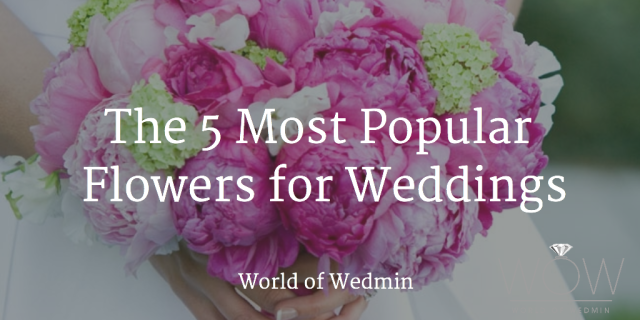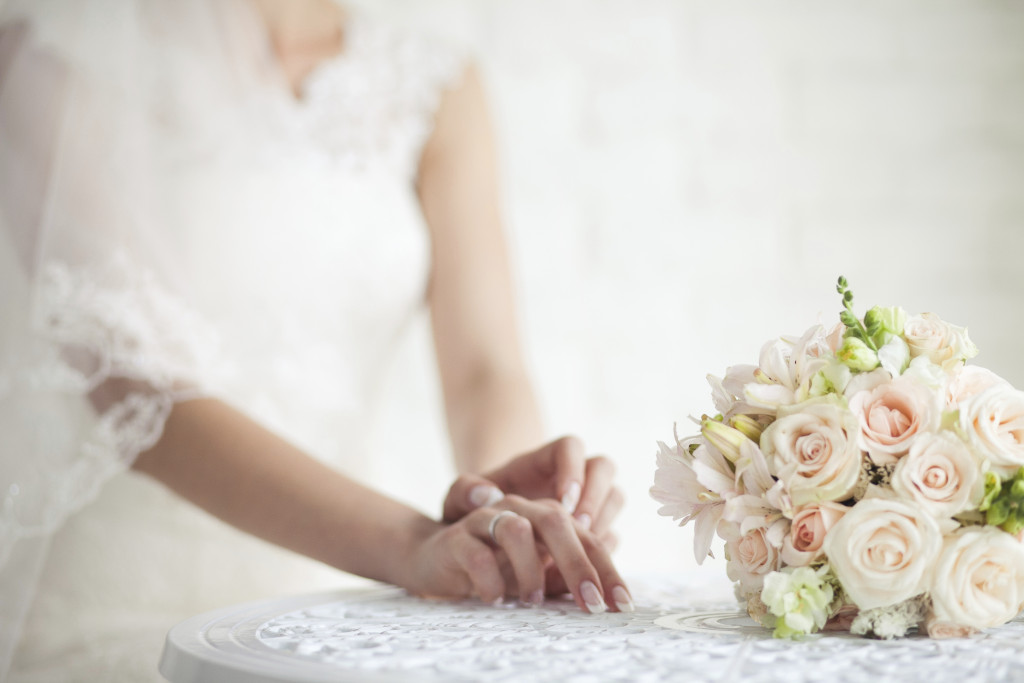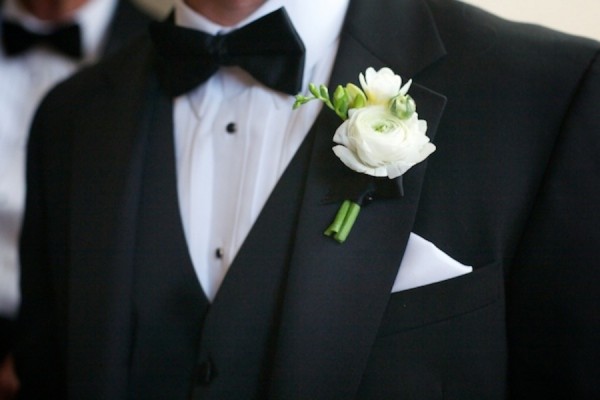The 5 Most Popular Flowers for Weddings

These are the 5 flowers every bride should consider for her big day. Finding the perfect flower to go with your theme and personal taste may be more difficult then you first expected but this list just might simplify things.
Rose The classic rose comes in a variety of colours and is undoubtedly the most popular flower for weddings. The rose is a timeless symbol of love and is bold enough to make a meaningful statement. Whilst roses are ideal for bouquets and centrepieces, they are also sturdy enough for boutonnieres, corsages, and highly sculptured arrangements.
The classic rose comes in a variety of colours and is undoubtedly the most popular flower for weddings. The rose is a timeless symbol of love and is bold enough to make a meaningful statement. Whilst roses are ideal for bouquets and centrepieces, they are also sturdy enough for boutonnieres, corsages, and highly sculptured arrangements.
Hydrangea The Hydrangea is a moderately priced flower that changes colour as it grows, developing various shades of white, pink, blue, burgundy, and purple. The colours vary between intense and delicate bringing variety to your bouquet. It also has a big bushy head, which means you only need a stem or two to fill out an arrangement or bouquet.
The Hydrangea is a moderately priced flower that changes colour as it grows, developing various shades of white, pink, blue, burgundy, and purple. The colours vary between intense and delicate bringing variety to your bouquet. It also has a big bushy head, which means you only need a stem or two to fill out an arrangement or bouquet.
Daisy The daisy is a very traditional wedding flower. Its homegrown charm and simple look makes it ideal for boho, rustic of vintage themed weddings. Because it’s a symbol of purity and innocence daisies have been the go to flower for bridal bouquets for centuries.
The daisy is a very traditional wedding flower. Its homegrown charm and simple look makes it ideal for boho, rustic of vintage themed weddings. Because it’s a symbol of purity and innocence daisies have been the go to flower for bridal bouquets for centuries.
Ranunculus This flower is a more cost effective alternative to roses or peonies. It’s multi-petaled and comes in various, usually pale colours including white, yellow, orange, and pink. It is also a mild scented flower and ideal for allergy sufferers. The ranunculus is especially ideal in boutonnieres because of its sweet, whimsical shape and it carries a little known meaning, ‘I am dazzled by your charms’ (awww)
This flower is a more cost effective alternative to roses or peonies. It’s multi-petaled and comes in various, usually pale colours including white, yellow, orange, and pink. It is also a mild scented flower and ideal for allergy sufferers. The ranunculus is especially ideal in boutonnieres because of its sweet, whimsical shape and it carries a little known meaning, ‘I am dazzled by your charms’ (awww)
Peony Unlike the ranunculus, Peonies are known for their strong scent and bold colours. Its large head makes it ideal for bouquets. This flower is in season during late spring and early summer but can be imported during the autumn. But if allergies are a problem these are best to avoid.
Unlike the ranunculus, Peonies are known for their strong scent and bold colours. Its large head makes it ideal for bouquets. This flower is in season during late spring and early summer but can be imported during the autumn. But if allergies are a problem these are best to avoid.
